The natural world is full of so many amazing creatures, isn’t it? Some are beautiful, some are scary as hell, but a lot of them sit in that fuzzy gray area of being pretty cool or even just kind of pretty, but also being downright weird.

Those are the animals I want to feature in this list. Not all of them will be to everyone’s taste, but I think they’re all worth checking out and learning a bit more about.
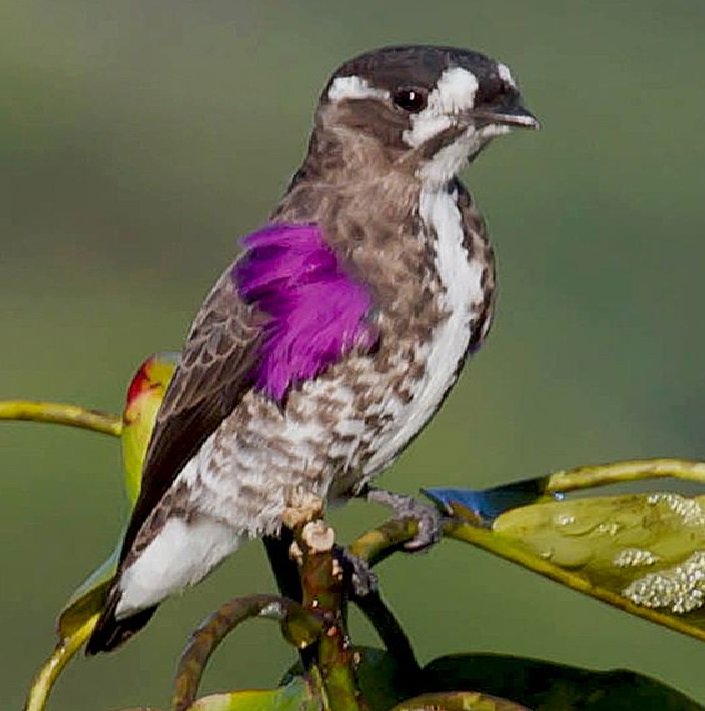
1. This fashionable bird is called a white-browed purpletuft: White-browed Purpletuft is mostly gray-brown with white scaling on the underparts and white center of the breast and belly. It has a white crescent on the face and white stripe from behind de eye. The male has purple tufts on the sides of the breast which are lacking on the female. It forages in the forest canopy in Amazonia where it is often seen perched on tree tops. The patterned head is diagnostic but see the female Spangled Cotinga and Plum-throated Cotinga.
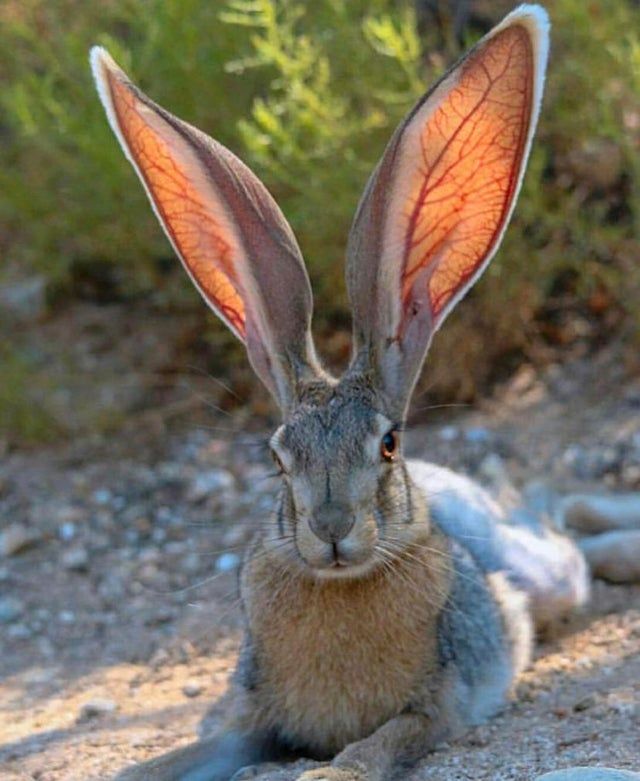
2. The black-tailed jackrabbit has ears that look tall enough to pick up a radio signal. Jackrabbits are actually hares, not rabbits. Hares are larger than rabbits, and they typically have taller hind legs and longer ears. Jackrabbits were named for their ears, which initially caused some people to refer to them as “jackass rabbits.” The writer Mark Twain brought this name to fame by using it in his book of western adventure, Roughing It. The name was later shortened to jackrabbit.
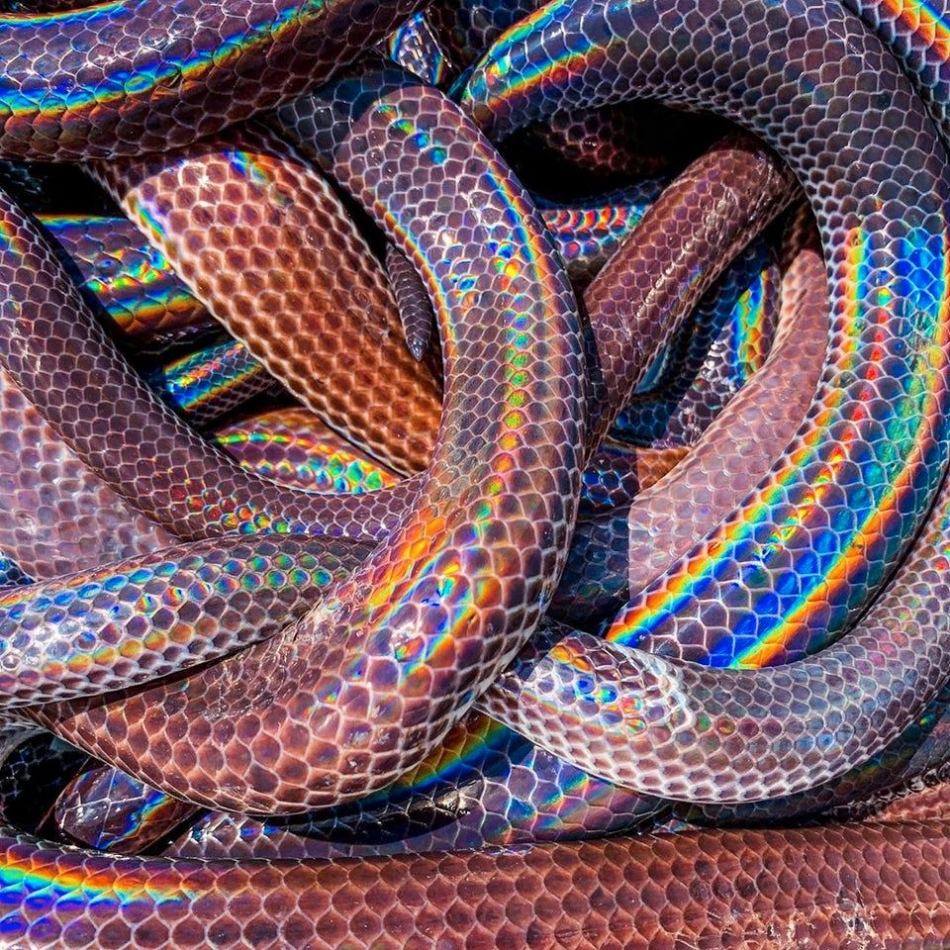
3. For the most part, I am not a fan of danger noodles, nope ropes, snakes, whatever you call them. Sunbeam snake, (genus Xenopeltis), any of two species of primitive, nonvenomous, burrowing snakes of family Xenopeltidae distributed geographically from Southeast Asia to Indonesia and the Philippines. Sunbeam snakes belong to a single genus (Xenopeltis) and are characterized by smooth, glossy, iridescent scales. The coloration of Xenopeltis is chocolate-brown or purplish black above and white below. It has a small, depressed head, cylindrical body, and an average length of 1 metre (3 feet)—although some individuals may grow to 1.3 metres (about 4 feet). Of the two species, X. unicolor is more widespread and better known, whereas X. hainanensis is limited to isolated pockets in southeastern China.
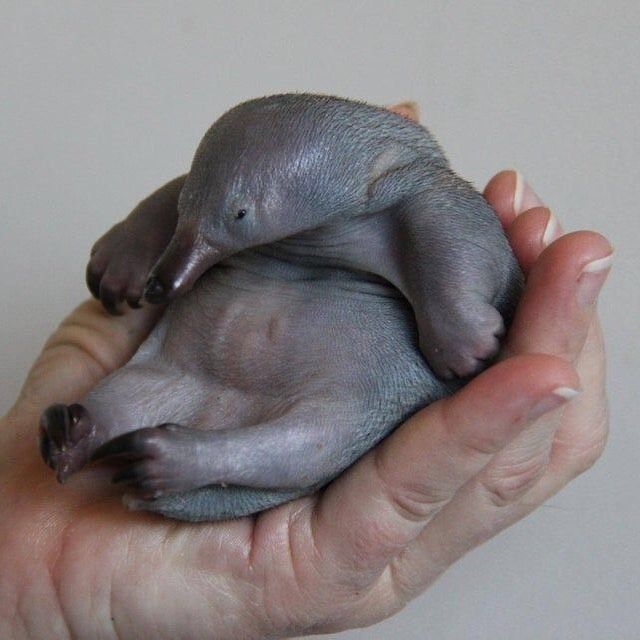
4. Once this baby echidna grows up, you won’t want to hold it in your bare hands. The echidna or spiny anteater, is an unusual mammal. It is so different from any other that it still puzzles researchers and scientists. The echidna has remained unchanged since prehistoric times, finding ways to survive while other species became extinct. But what really sets the echidna apart from other mammals? Female echidnas lay eggs! Egg-laying mammals are called monotremes. There are only five monotremes in the world: four echidna species, and one platypus species.
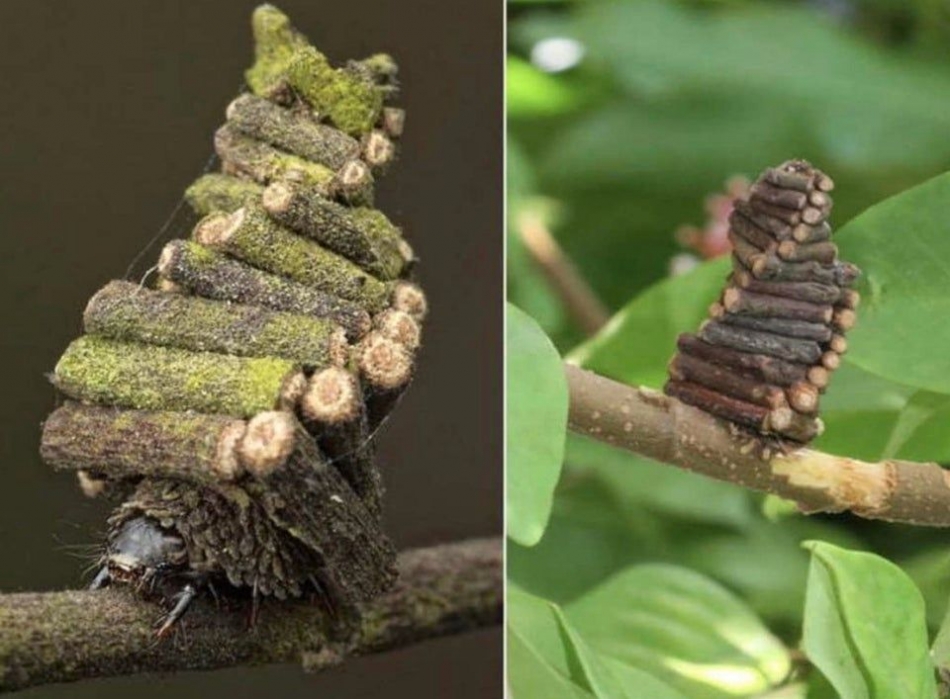
5. The bagworm moth caterpillar builds its very own “log cabin” to protect its chrysalis. The bagworm moth (Psychidae) of the family Lepidoptera might be a pest for Botanists, but for Lepidopterists they are one of the rare architects of the animal world. As soon as the caterpillar of the bagworm moth hatches, it weaves a silk cocoon around itself, inside which it will live until it grows into an adult moth. To make its life as a larva safe and protected from predators, the caterpillar reinforces its silk cocoon with pieces of twigs, leaves and other plant matter. Depending on what debris is on hand when they are forming the cocoon, the resulting shelter might look like a bunch of twigs, or in exceptional cases, a tiny log house. These strcutures are called cases, and bagworm moths are also known as “case moths”.
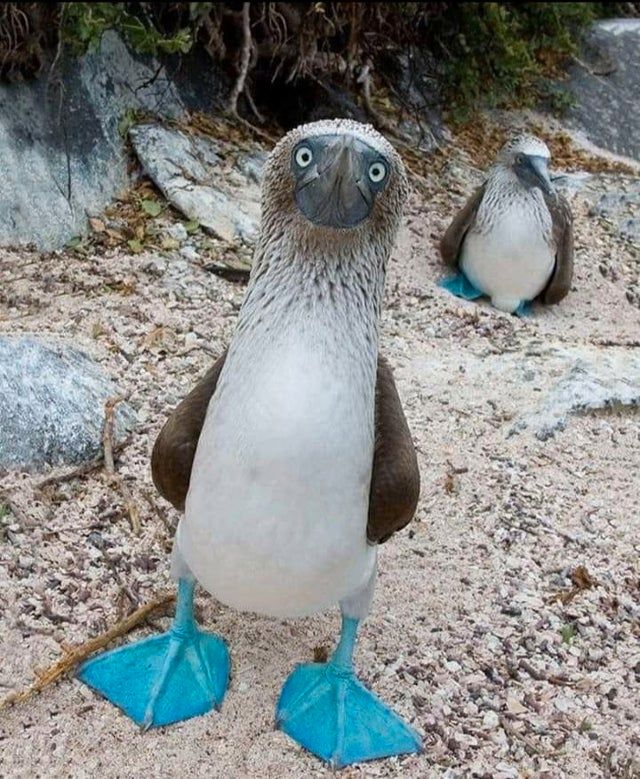
6. Can anyone take a bird that looks like this and is named a blue-footed booby seriously? Booby, any of six or seven species of large tropical seabirds constituting the family Sulidae (order Pelecaniformes or Suliformes). They vary in length from about 65 to 85 cm (25–35 inches). The red-footed booby (Sula sula) and the masked, or blue-faced, booby (S. dactylatra) are wide-ranging in the Atlantic, Pacific, and Indian oceans. The blue-footed booby (S. nebouxii) occurs in the Pacific from southern California to northern Peru and on the Galápagos Islands. Boobies’ bills are long, their bodies cigar-shaped, and their wings long, narrow, and angular. They fly high above the ocean looking for schools of fish and squid. When prey is sighted they plunge headlong into the water in a swift, vertical drop.
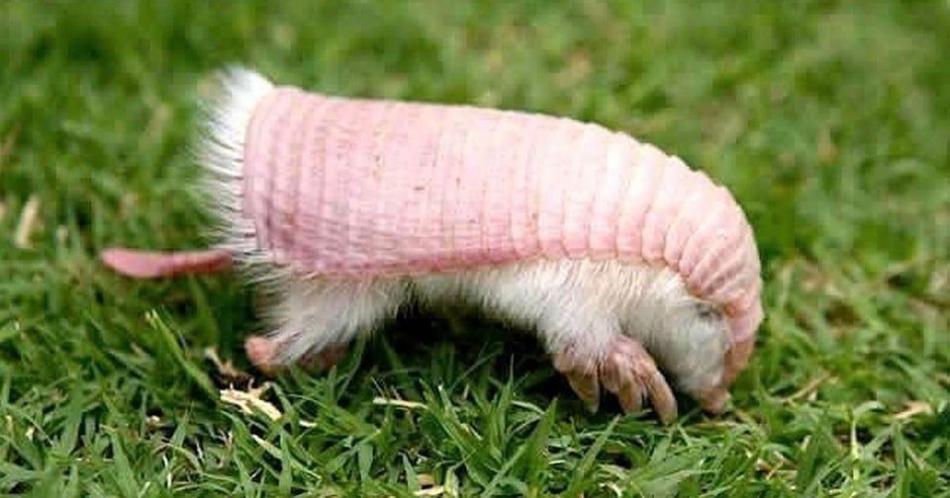
7. Pink fairy armadillos are the smallest known armadillo species. Also known as the Pichiciego, the pink fairy armadillo is the smallest known species of armadillo. It lives in the sandy plains and dry grasslands of central Argentina and other parts of South America. Unique adaptations like an aerodynamic body shape, smooth dorsal shell, and sharp claws mean this creature is able to completely bury itself in sand in a matter of seconds and then nagivate underground with ease. Similar to a mole, the pink fairy armadillo will spend the vast majority of its life underground. It is also nocturnal, only emerging ocassionally at night to find food.
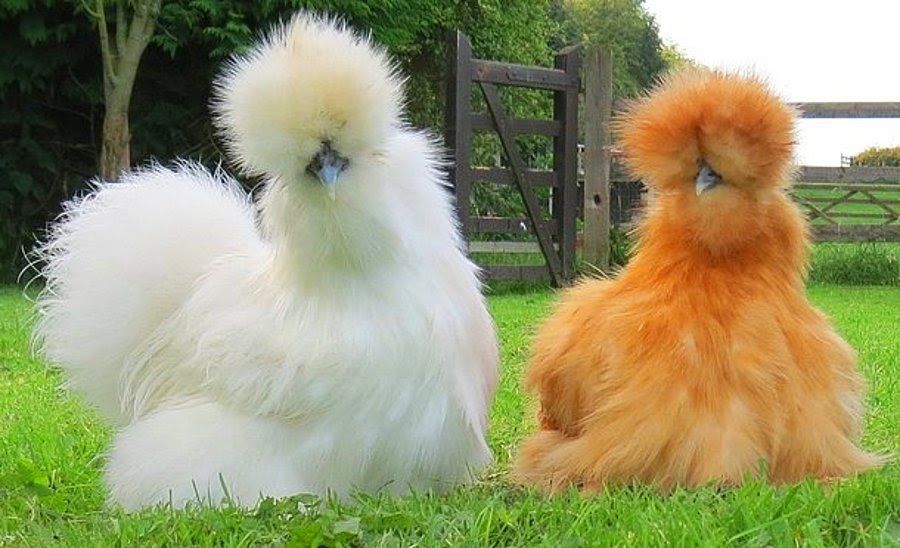
8. Silkies are extremely fluffy chickens. The Chinese name for the Silkie is wu-gu-ji – meaning black-boned. An alternative name for this bird is the Chinese Silk Chicken. The evidence points quite strongly to Chinese origin, but it cannot be stated with complete certainty. It was first mentioned by Marco Polo (around 1290-1300) on his remarkable journey across Europe and the Far East. Although he did not see the bird, it was reported to him by a fellow traveler and he reported it in his journal as “a furry chicken”.
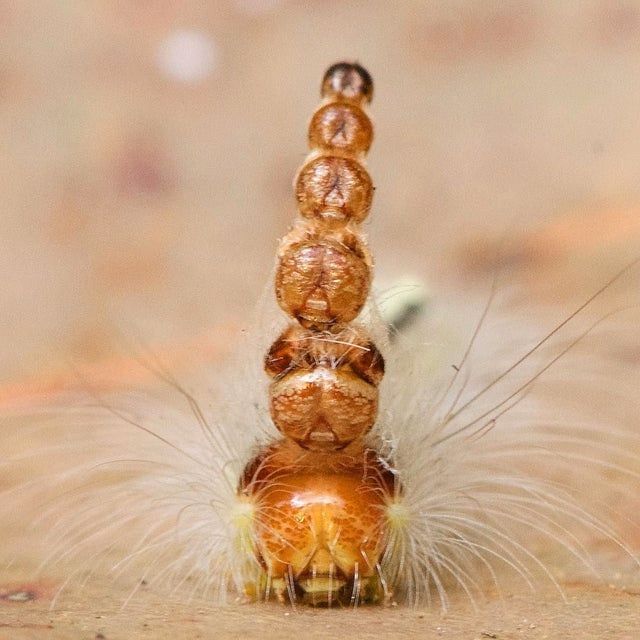
9. This caterpillar has earned the nickname of “mad hatterpillar” for its unusual headgear. You see, it likes to stack “hats” on its head. Those “hats” are actually the moulted exoskeletons of its previous heads. It’s supposedly in order to make them more menacing to predators, and I bet it works.

10. This pink manta ray is the only known of its kind. The ray has been nicknamed “Inspector Clouseau” by the locals of Lady Elliot Island along the Great Barrier Reef and was first spotted in 2015. Scientists with the Australian research group Project Manta, who study the rosy ray, have confirmed its color to be real. At first, they theorized Inspector Clouseau’s color was the result of a skin infection or diet, similar to how pink flamingos get their color from eating tiny crustaceans. But in 2016, Project Manta researcher Amelia Armstrong took a small skin biopsy from the famous animal, and their resulting analyses ruled out diet and infection as the cause.
